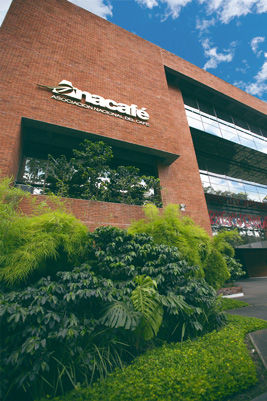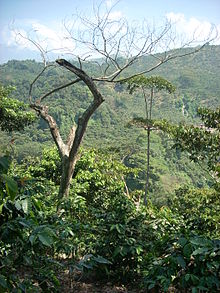Guatemala Coffee Market develops steadily how is Guatemala's Arabica coffee beans exported
According to a recent report by the U.S. Department of Agriculture's overseas Service (Foreign Agricultural Service), the 2020 Agricultural Marketing year (marketing year) predicted that the Guatemalan coffee harvest this year and cultivation next year had been completed, unaffected by the novel coronavirus epidemic. Calculated on the basis of a bag of raw coffee beans weighing 60 kg, the output in 2020 is estimated to be 3.67 million bags, which is higher than the previous forecast of 2% of the output forecast for 2021 about 3.65 million bags. The impact of the epidemic on Guatemala's coffee industry Jiaotong University is mainly focused on the logistics and transportation of crops, as a result of public transport control policies.
In 2019, the price of Guatemalan coffee is about $190 to $230 per bag, and the price and gross profit are higher than the average price in the international market, indicating that Guatemalan coffee is of high quality and high demand. The estimated export volume for the 2020 production year is 3.42 million bags and is expected to be 3.41 million bags in 2021. The decrease in export volume is due to cyclical market demand fluctuations and the impact of planting farmland renewal crops. At present, the top three export markets of Guatemalan coffee are the United States, Japan and Canada, with 50 per cent of exports to North America, 24.6 per cent to Europe and 22.3 per cent to Asia.

In Guatemala, the temperature suitable for coffee growth is about 16 to 32 °C (between. When growing coffee at a height of about 500,700 meters (1600 to 2300 feet) above sea level, the seedlings must be well shaded. [3] plantations at an average altitude of about 1500 meters (4900 feet) should be equipped with wind protection against cold northerly winds. Overall, most coffee plantations in Guatemala are located between 500 and 5000 meters (1600 to 16400 feet) above sea level.

There are many coffee-growing areas in Guatemala, but the main coffee-growing areas are Amatitlan, Zacatepex, Solola, Rita Lulaiu, Xsaltnango, San Marcos and Haute-Verapas. Around Guatemala City, Chimartenango, Verapas and other old cities.
Important Notice :
前街咖啡 FrontStreet Coffee has moved to new addredd:
FrontStreet Coffee Address: 315,Donghua East Road,GuangZhou
Tel:020 38364473
- Prev

Comparison between African Burundian coffee beans and Rwandan coffee beans what are the common varieties of Burundian coffee
Common varieties of bourbon, French mission, Jackson, Mibilis dry viaduct processing methods Coffee picking, transportation, desizing, open fermentation for 12 hours, soaking for 12-14 hours before removing mucus, and then soaking for 12-18 hours after washing. Dry natural coffee picking, delivery, washing and sorting, drying harvest period from March to July is now a lot.
- Next

Burundian Coffee turnaround History Story of Burundian Coffee beans and washing stations
In 2006, before Burundi became famous for producing premium coffee, La Bodega CEO and Purchasing Director Jason Long ventured to buy his first miniature batch from Sogestal Kayanza to buy the relationship at a price well above the market price. Since then, La Bodega has purchased directly from Sogestal Kayanza, from dozens of washers each year
Related
- Detailed explanation of Jadeite planting Land in Panamanian Jadeite Manor introduction to the grading system of Jadeite competitive bidding, Red bid, Green bid and Rose Summer
- Story of Coffee planting in Brenka region of Costa Rica Stonehenge Manor anaerobic heavy honey treatment of flavor mouth
- What's on the barrel of Blue Mountain Coffee beans?
- Can American coffee also pull flowers? How to use hot American style to pull out a good-looking pattern?
- Can you make a cold extract with coffee beans? What is the right proportion for cold-extracted coffee formula?
- Indonesian PWN Gold Mandrine Coffee Origin Features Flavor How to Chong? Mandolin coffee is American.
- A brief introduction to the flavor characteristics of Brazilian yellow bourbon coffee beans
- What is the effect of different water quality on the flavor of cold-extracted coffee? What kind of water is best for brewing coffee?
- Why do you think of Rose Summer whenever you mention Panamanian coffee?
- Introduction to the characteristics of authentic blue mountain coffee bean producing areas? What is the CIB Coffee Authority in Jamaica?

